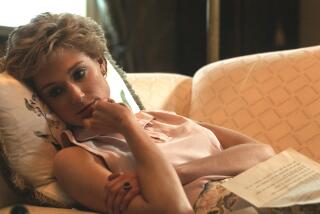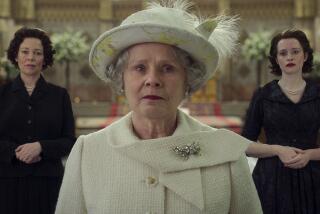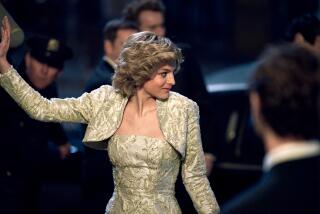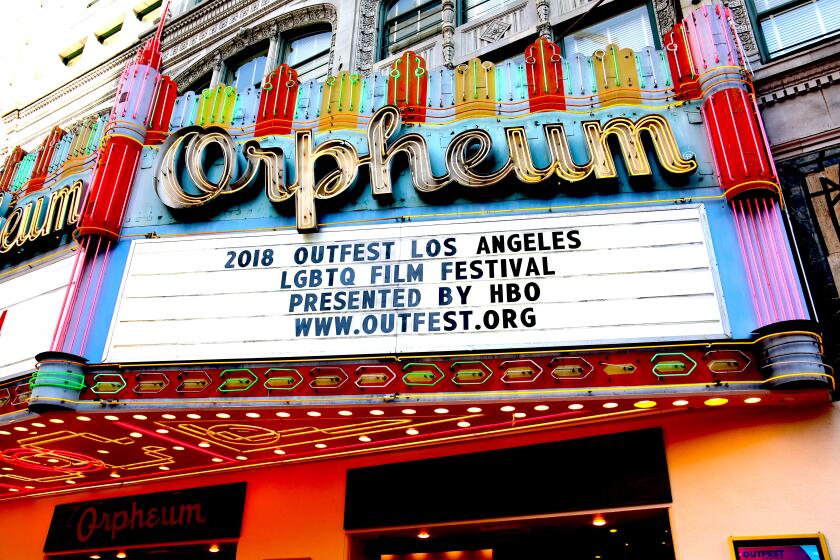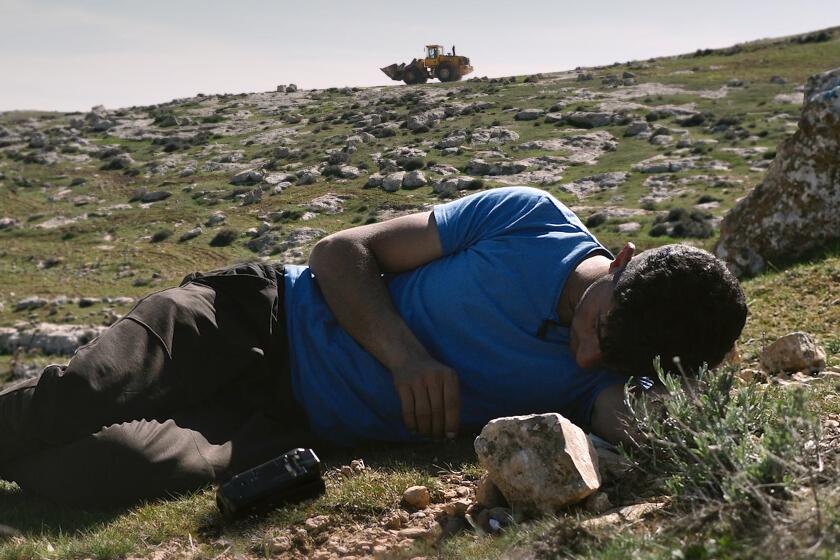All your burning questions about Kristen Stewart as Princess Diana, answered
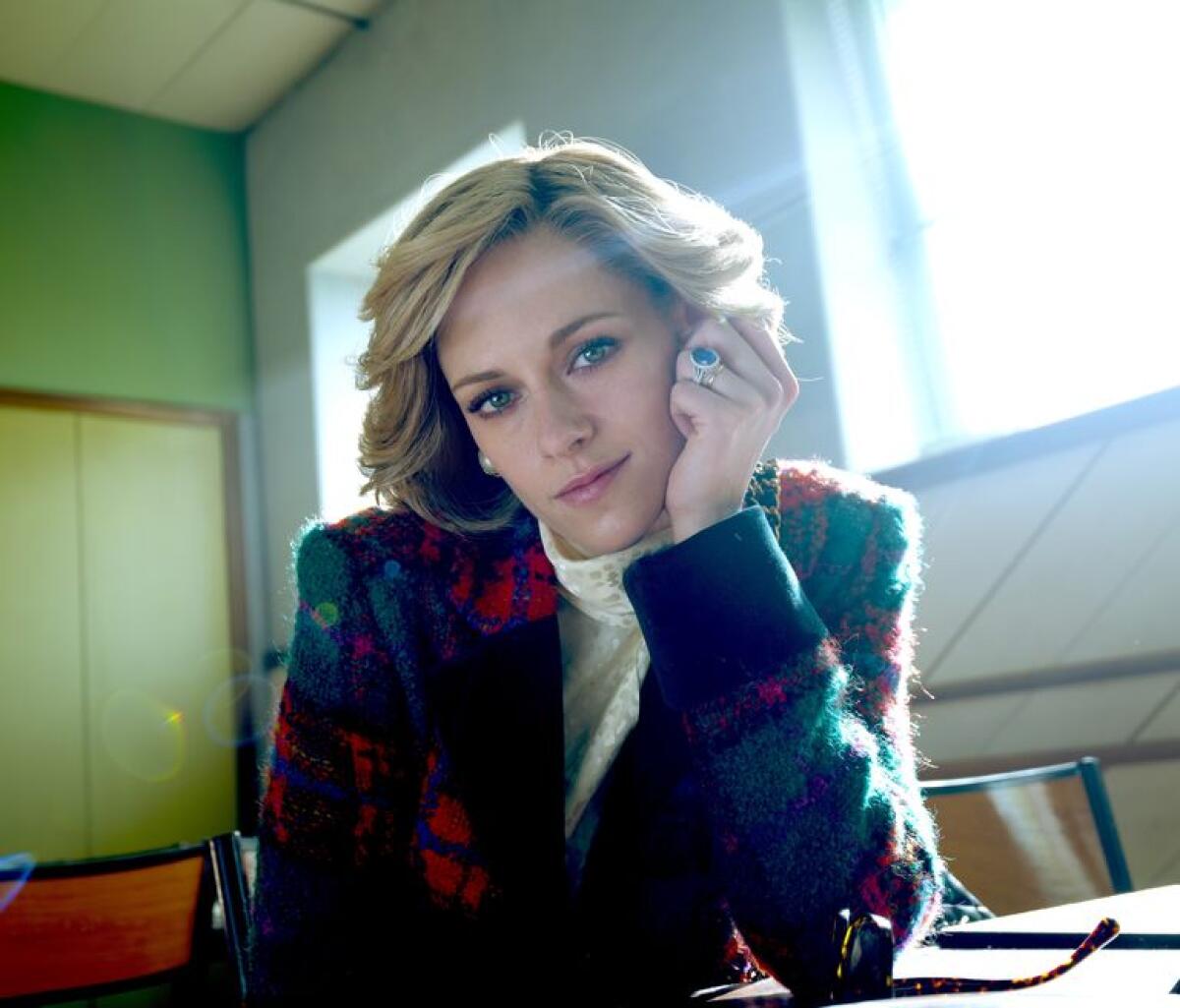
Spoiler warning: The following piece discusses plot elements and sequences from the new film “Spencer.” While an attempt has been made to preserve many of the film’s unique details, if you don’t want to know anything at all before you see it, you should stop reading now.
“A fable from a true tragedy.” That’s how the new Princess Diana film “Spencer,” starring Kristen Stewart, bills itself.
From the outset, director Pablo Larraín wants audiences to know that Stewart’s portrayal of the late royal in the Steven Knight-scripted film is not intended to be fact-checked.
Set over three days — Christmas Eve, Christmas Day and Boxing Day — on the Sandringham Estate as the Royal family gathers for Christmas in 1991, the film is directed by Chilean filmmaker Larraín (who covered similar ground in the Natalie Portman Oscar vehicle “Jackie”) and was shot largely in Germany. Adding to the international vibe: Stewart is American, while Knight is British.
Diana has already been the subject of numerous feature and documentary films, books and television series. Emma Corrin is currently an Emmy nominee for her performance as Diana in the acclaimed recent season of Netflix’s “The Crown.” Naomi Watts portrayed her in Oliver Hirschbiegel’s misbegotten 2013 film “Diana.”
As in Larraín’s 2016 feature “Jackie,” which starred Portman as Jacqueline Kennedy, the intent is to capture the interior life of the main character, in part by a stylistic choice of extreme closeups and a sense of the intimacy of personal space.
In “Spencer,” the camerawork of French cinematographer Claire Mathon (“Portrait of a Lady on Fire”) often stays close to Stewart, at times dancing around her but at other moments capturing the sense of how isolated and alone she feels amidst the vast landscapes. And in part thanks to the score by British musician Jonny Greenwood, of band Radiohead, the hallways of the estate at times seem as eerie as the Overlook Hotel of “The Shining.”
Throughout the film, Diana speaks of feeling lost — her first line of dialogue is “Where the f— am I?” as she drives alone in a convertible Porsche on a country lane — and in a sense the story of the film is of her on the road to finding the strength to break free of the royal family and live her own life again, in part by reclaiming her own last name, Spencer.
All of which is to say this is very much a work of fiction, however much it may intersect with reality. In his director’s statement as part of the press notes for the film, Larraín said, “We didn’t aim to make a docudrama, we wanted to create something by taking elements of the real, and then using imagination, to tell the life of a woman with the tools of cinema. That is why cinema is so fantastic: there is always space for imagination.”
As the world got its first look at the highly anticipated film today in its Venice Film Festival world premiere, we can now answer some of the most burning questions raised by the film and its methods.
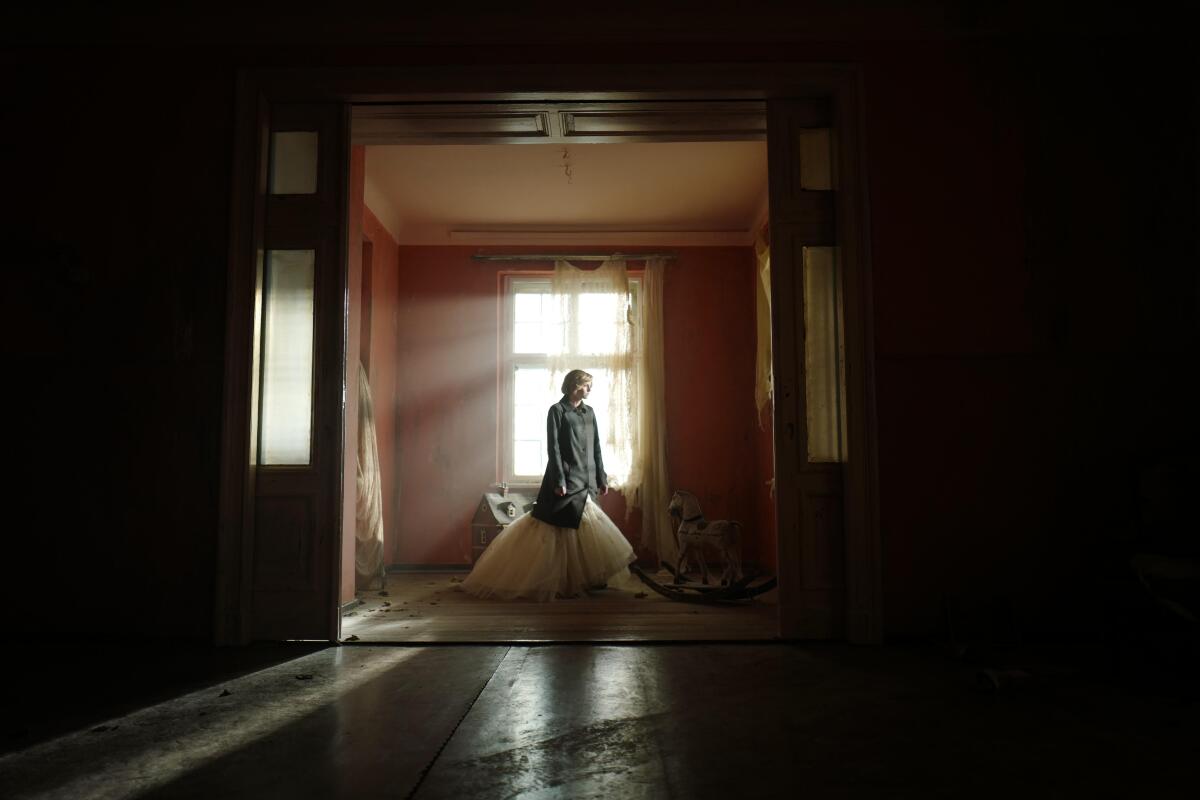
How much does ‘Spencer’ explore Diana’s personal demons?
Though the film’s synopsis describes “Spencer” as taking place in the final days before the end of her marriage, the film focuses more attention on the princess’s eating disorder than her marital troubles.
The entire staff — and by default, the royal family — is aware that Diana is caught in a dangerous bingeing-and-purging cycle, though no one tries to get her help. Her dresser takes her gowns in when she loses weight. The chef makes her favorite souffle in the hopes she might actually want to keep it down. Charles makes a cruel comment about all of the work the kitchen has gone through to prepare the elaborate meals, imploring her “not to regurgitate it all into a lavatory bowl before the church bells ring.”
But despite her self-proclaimed affinity for “fast food,” Diana is unable to escape her disorder. Learning how to control her body, Charles later reminds her, is part of her royal responsibility: “You must make your body do things that you hate,” he insists, “for the good of the country. For the people. Because they don’t want us to be people.”
How does it compare to ‘The Crown’?
The movie will obviously garner comparisons to Netflix’s meticulously researched series created by Peter Morgan. The recent fourth season was much discussed for the way it explored Diana’s relationship with Prince Charles from its beginning, and ended with Diana feeling isolated from the royal family over Christmas at Sandringham in 1990 — a sequence of some 15 minutes of screentime.
“Spencer,” meanwhile, is set over three days at Sandringham during Christmas 1991, one year later. The upcoming season of “The Crown,” in which Elizabeth Debicki (“Tenet”) assumes the role of Diana will eventually prove another point of comparison.
Tellingly, the final episode of Season 4 featured a moment with Diana alone, shot from behind while dressed in a beaded white gown with her head in a toilet as she throws up. A similar image was used for the teaser poster of “Spencer,” Diana from behind in a beaded white gown, and is revealed in the movie to be set in a bathroom as she has been throwing up.
Where “The Crown” is rooted in research and an attempt to create such a strong sense of reality that there have been outcries that it needs a special disclaimer so as not to confuse viewers, far fewer viewers should mistake “Spencer” for cold hard truth.
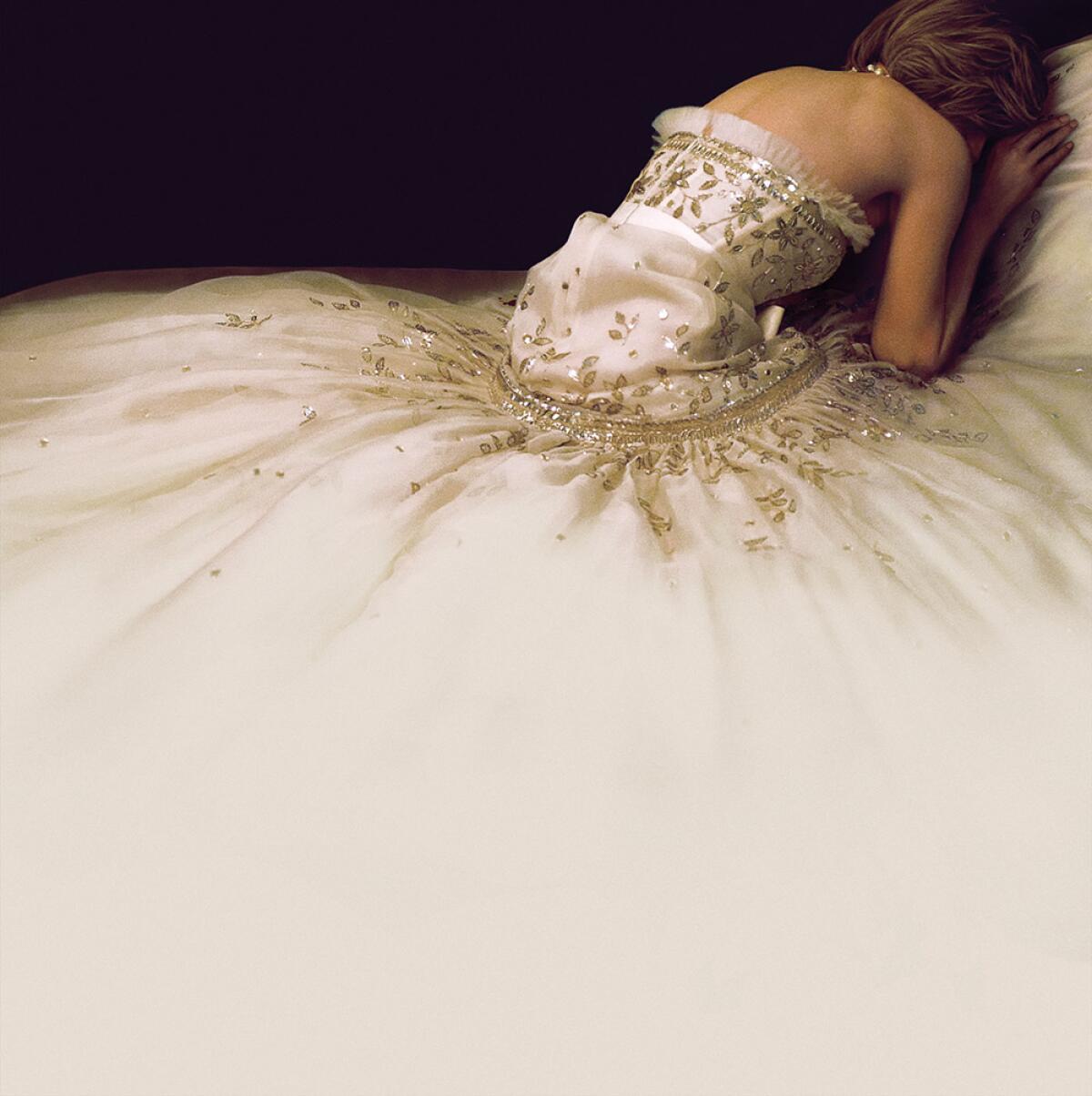
OK, but how important is the fashion?
Majorly. But the clothes and jewels in the film are far more than well-sourced references to the pieces Diana wore. Her outfits are used to broadcast her mood to those around her and to represent how constricted she felt by the monarchy.
From the outset of the film, we learn that the princess has been assigned an outfit for every meal or special occasion that is scheduled to take place over the course of the three-day holiday. Tailored suits, silk blouses and a strapless white ball gown — the one featured on the film’s poster — are neatly lined up on a rack, each piece with a label designating when it is to be worn. If she chooses not to wear the clothing that’s been pre-selected for her, the staff frets — her wardrobe indicating her unwillingness to acquiesce to those around her.
There is also a pearl necklace that features heavily throughout the movie, laden with symbolism. Prince Charles gifts it to his wife for Christmas, but she is immediately disappointed because she knows he gave the same jewelry to his mistress, Camilla Parker Bowles. (Bowles is never mentioned in the movie, though the princess does spot her from afar outside of church on Christmas day.) After opening the present, Diana initially leaves it by the Christmas tree — a “gesture,” she explains to her dresser, to spotlight that she doesn’t appreciate it.
Even though she’s immaculately dressed throughout, it’s also made explicitly clear that the princess loathes her fancy wardrobe. When she is continually urged by her minders to look beautiful, she retorts that “beauty is useless. Beauty is clothing.” And yet she’s constantly asking those around her how she looks, indicating to the audience that she’s pulled between her desire to conform to traditional beauty standards and to break free from them, spending the day in her father’s dirty old jacket.
I heard there are some Anne Boleyn references?
Yes. As a quick primer for those of you not well-versed in royal history, Boleyn was the Queen of England for three years beginning in 1533. In the princess’s words, the fate that belied Boleyn was that she was “beheaded by King Henry the Eighth because they said she was having an affair, but he was the one having an affair.” The symbolism here is obvious, since Charles was having an affair with Bowles at the time, and in the movie he accuses Diana of spending her time with another man, which she denies.
Throughout her time at Sandringham, Stewart’s Diana is obsessed with the late queen, falling asleep in bed with a book about Boleyn by her side. She imagines the ghost of Boleyn sitting across from her at the dinner table, and later uses her spirit as a source of encouragement, urging her to free herself from the palace before she is swallowed up by it.
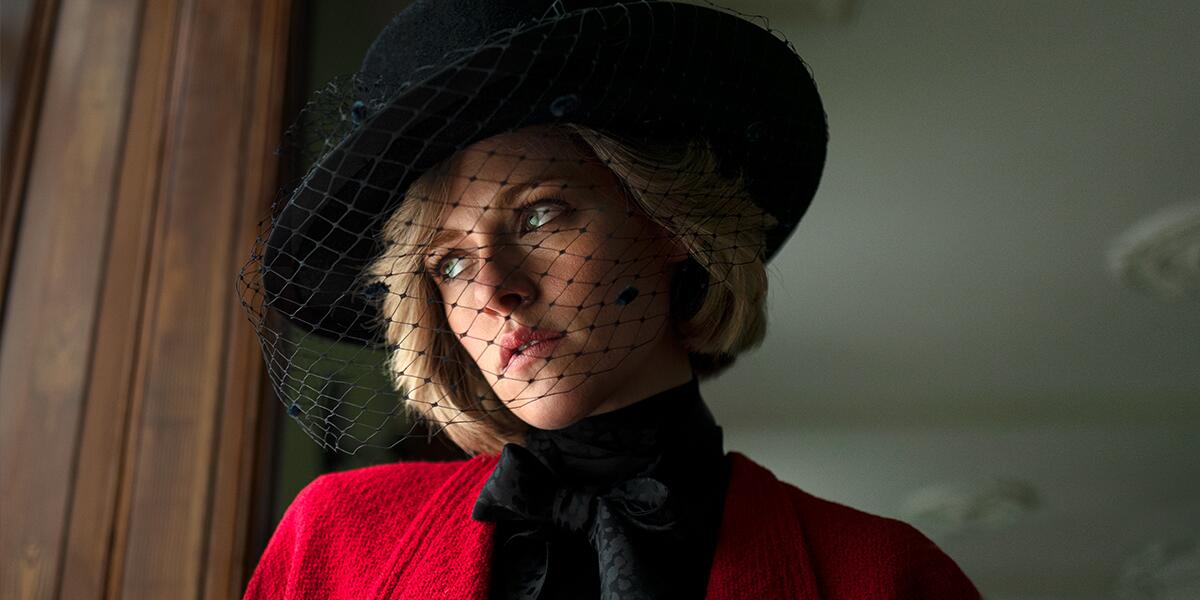
What about the rest of the Royal Family?
Other members of the royal family are present, but often at a remove. After Diana drives herself to Sandringham she is mostly in isolation away from other members of the royal family, interacting primarily with staff of the house. Charles (Jack Farthing) has arrived with William (Jack Nielen) and Harry (Freddie Spry), all three in separate cars. The queen (Stella Gonet) arrives with Prince Philip (Richard Sammel) as their corgis arrive in a separate car.
Diana doesn’t actually exchange any dialogue with Charles until well into the movie and even then it is at first only a passing admonishment from him at dinner. The two have a longer scene together later, with Charles further dressing her down for not simply doing what is expected of her. Much is made of the fact that Diana has worn the outfits chosen for her out of order.
The queen is a remote figure with very little dialogue, apart from one exchange in which she tells Diana that once her portrait was on the five-pound note her true role became clear — currency. (This notion is also picked up in a line of dialogue from cook in the kitchen, played by Sean Harris, who Diana confides in.)
Some of the lightest moments in the film come when Diana is alone with William and Harry. Then the sense of doom lifts and she brightens. However, William in particular seems well aware of the tension between his parents and even of her eating disorder.
So, will we see Kristen Stewart at the Oscars?
It sounds funny to say a 31-year-old is overdue for an Oscar nomination, but at this point it’s true for Stewart (check out her work in Olivier Assayas’ “Personal Shopper” and “Clouds of Sils Maria” to start, since the film academy clearly didn’t).
And, yes, “Spencer” could very likely be the film that gets her there.
Portman’s acclaim and inevitable nomination for her role in Larraín’s “Jackie” is a sign the Academy is willing to accept his unconventional approach to a real-life character. And the film could be competitive in other categories as well, including for Mathon’s cinematography and Greenwood’s score (although he will be competing against his own work on Jane Campion’s “The Power of the Dog,” also well received in its Venice Film Festival premiere), as well as Jacqueline Durran for costume design, Guy Hendrix Dyas for production design and Wakana Yoshihara for hair and makeup.
Stewart’s performance will come in for the most direct comparisons with Corrin’s work and the main distinction is that Stewart’s version seems more worldly, less deer-in-the-headlights. Corrin’s performance seemed rooted in a sense that Diana was always a little in over her head or a few paces behind as she was catching up to royal life. There is a diffidence to Stewart’s performance, a sense that she simply doesn’t want this anymore, that is nowhere to be found in Corrin’s turn.
In part this comes from the way in which Stewart’s public persona, her own offhanded cool and experiences of a life in the spotlight, melds so strongly with the role. It’s not transformative in the sense that you can’t see Stewart — instead, somehow she and Diana meet in the middle.
More to Read
Only good movies
Get the Indie Focus newsletter, Mark Olsen's weekly guide to the world of cinema.
You may occasionally receive promotional content from the Los Angeles Times.
